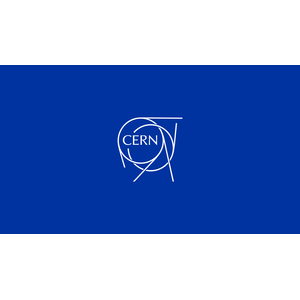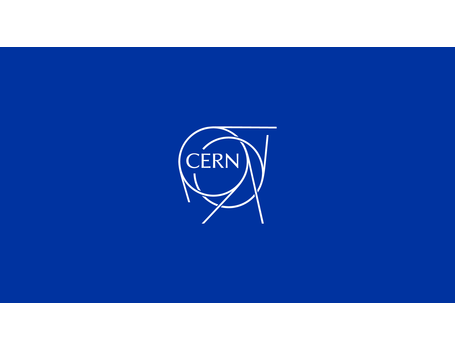Glemt Passord
Oppgi epost-adressen til brukeren din for å få tilsendt intruksjoner for nullstilling av passord
Har du ikke bruker?
Ny bruker!
Glemt passord for bedrifter
Kontakt [email protected] for å få tilsendt instruksjoner for nullstilling av passord.
Lag bruker
Vi gjør deg oppmerksom på at du ved å opprette bruker hos KarriereDagene samtidig oppretter bruker hos Bindeleddet NTNU
Vennligst fyll ut feltene under for å lage en bruker
Velkommen!
Sikt høyt!
Du kan logge inn med din bruker hos Bindeleddet NTNU
Har du ikke bruker?
Ny
bruker!


